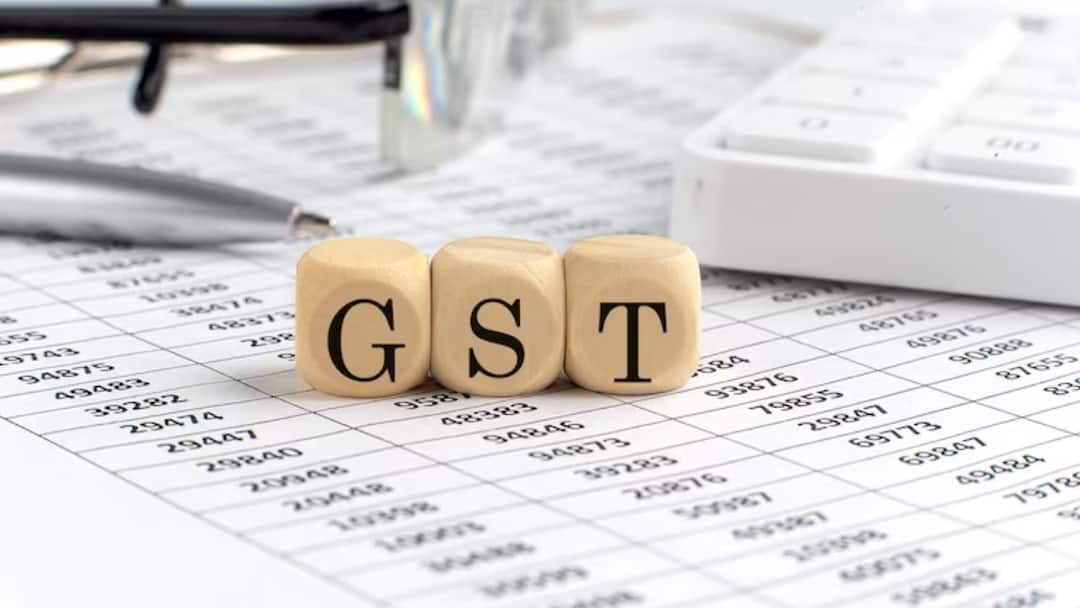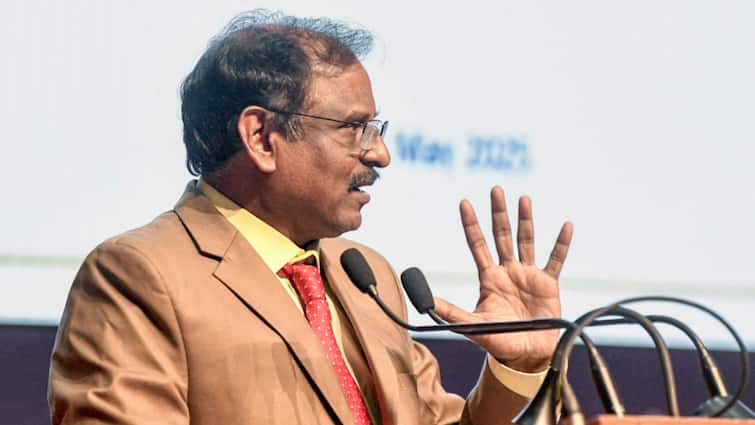A key meeting of the Group of Ministers (GoM) on GST rate rationalisation concluded on Thursday with consensus among states to back the Centre’s proposal for a simplified indirect tax structure. The agreement marks a significant shift towards streamlining the Goods and Services Tax by reducing the number of slabs to two – 5 per cent and 18 per cent.
The six-member panel, led by Bihar Deputy Chief Minister Samrat Choudhary, agreed to phase out the current four-tier framework of 5, 12, 18 and 28 per cent. Under the new plan, a concessional 5 per cent rate will apply to essential goods and services, while 18 per cent will cover the majority of items. In addition, a higher levy of 40 per cent will remain for a limited list of sin goods. The GoM also suggested that luxury cars be brought under the 40 per cent slab.
Composition of the Panel
The group comprised senior representatives from several states, including Uttar Pradesh Finance Minister Suresh Kumar Khanna, Rajasthan Health Minister Gajendra Singh, West Bengal Finance Minister Chandrima Bhattacharya, Karnataka Revenue Minister Krishna Byre Gowda, and Kerala Finance Minister K N Balagopal. Their endorsement of the new framework provides momentum for a broader overhaul of the GST regime.
Centre’s Argument for Rationalisation
Finance Minister Nirmala Sitharaman, who addressed the panel earlier in the day, highlighted the intent behind the proposed restructuring. “The rate rationalisation will provide greater relief to the common man, farmers, the middle class and MSMEs, while ensuring a simplified, transparent and growth-oriented tax regime,” she said.
According to the plan, nearly all items currently falling under the 12 per cent bracket — 99 per cent of them — will be moved to the 5 per cent slab. At the same time, around 90 per cent of goods and services taxed at 28 per cent will shift to 18 per cent. The Centre believes this change will not only simplify GST but also encourage higher compliance and boost collections.
Exemptions for Insurance on the Table
Alongside rate changes, the GoM examined the Centre’s proposal to exempt GST on life and health insurance for individuals. If approved, the exemption is expected to create an annual revenue impact of about Rs 9,700 crore. While most states extended their support to this initiative, ministers stressed the importance of ensuring that insurers transfer the benefits of lower taxation to policyholders directly.
Next Steps for the GST Council
The GoM’s recommendations will now be presented to the GST Council, which is expected to deliberate and give final approval in its forthcoming session. Should the reforms be cleared, India’s GST system will move towards a leaner structure with fewer slabs, intended to enhance efficiency while reducing the tax burden for ordinary citizens and businesses alike.



